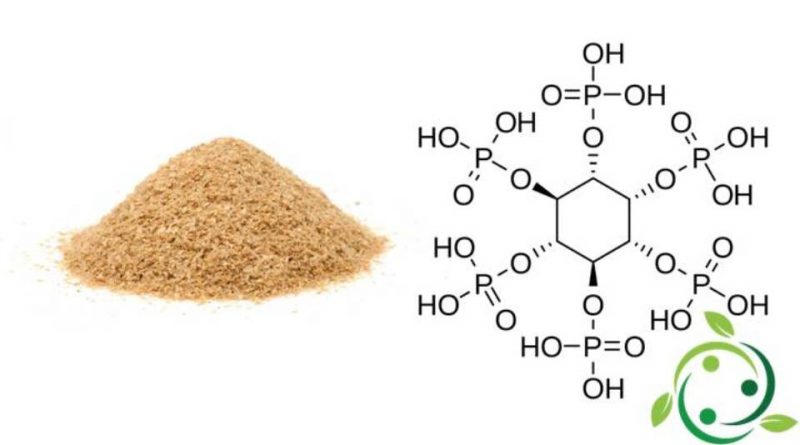Phytic acid
Phytic acid
Phytic acid, or inositol-hexaphosphoric acid, is an organic compound having a brute or molecular formula: C6H18O24P6.
Phytic acid represents the main form of phosphorus deposition in many plant tissues; among these we remember above all bran, seeds, dried fruit, such as almonds, walnuts, and so on.
Since phytic acid and derived salts, i.e. phytates are not directly digestible by humans or non-ruminant animals, these do not represent a source of inositol or phosphate if eaten directly. Furthermore, due to their chelating properties, they make some important microelements such as zinc and iron non-absorbable, and to a lesser extent also macroelements such as calcium and magnesium.
For this reason, phytic acid is traditionally considered an anti-nutritional factor, that is, a substance capable of limiting the absorption or use of nutrients.
The phytates and phytic acid being somewhat widespread, especially in cereals and legumes, where they are concentrated in seeds and fibrous parts, are abundant in whole products and practically absent in refined ones. The bran, as mentioned, is particularly rich in phytates and also for this reason nutritionists advise to obtain their daily ration of fiber from foods, rather than resorting to specific supplements.
In ruminants, on the other hand, the demolition of phytic acid allows the regular assimilation of inositol and the elimination of the chelating effect, which is due to the lysing and molecular dissolving action of the intestinal bacterial flora of the rumen.
Warning: The information shown is not medical advice and may not be accurate. The contents are for illustrative purposes only and do not replace medical advice.

